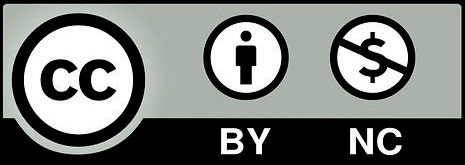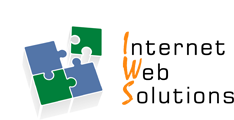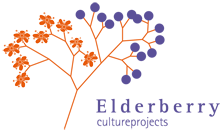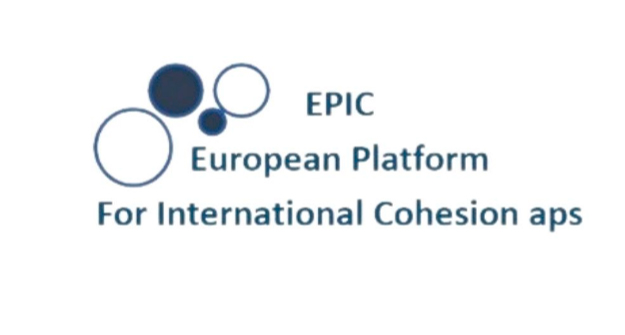Description
In recent years, the digital environment has become particularly relevant in all areas of people’s daily lives. This has led to the emergence of new business opportunities related to digital entrepreneurship that need to be seized.
 What is digital entrepreneurship? What is digital entrepreneurship?DefinitionClick to read
In simple terms, digital entrepreneurship is the creation of a business selling products or services over the Internet, without the need for a physical space to serve customers.
Advantages and opportunitiesClick to read
During the COVID-19 pandemic, you have surely seen how many companies around you have chosen to have a presence on the Internet, and how many others have disappeared because they have not made the transition to digital. We already know that the digital environment is the future for a large part of companies. And you, do you know what the advantages of digital entrepreneurship are?
Steps to take for start a digital enterpriseClick to read
 How to be on the Internet How to be on the InternetLogoClick to read
To be on the Internet, the first thing you will need is a logo that identifies your company and differentiates it from the rest. The characteristics it should have are:
Although it is not easy to create a good logo, you can also help yourself with tools such as the following ones, which will allow you to get inspired and focus on how you want your logo to look like:
WebsiteClick to read
A website is essential for customers to find you on the Internet. It will include your logo and all the elements that represent your brand, as well as the products and/or services you offer and relevant information for your (potential) customers. A website is made up of several web pages.
Therefore, the first thing you will need to do is to register the domain, which will usually end in .com, although there are other categories such as .edu or .org. An example of a domain is projectspecial.eu. The place where your website will be located is the server; let's say that this is where your website will live. This type of service is called "hosting", and it can be shared (your website will be hosted with other websites), dedicated (a server just for you) or in the cloud (the server is not in a physical location). To create the website, there are two ways: hire the professional services of a programming company, or create it with a tool on the Internet. This type of tool will allow you to manage the contents, such as WordPress (https://wordpress.com) o Joomla (https://www.joomla.org).
One last tip! It is best to start your website with https, as it indicates that your website has a secure Internet protocol, and protects the integrity and confidentiality of all visitors to your website. To do this, your web server must have an SSL certificate installed. For example, you can see that Special's website is: https://projectspecial.eu. Social mediaClick to read
It is not mandatory for your company to have social media, but it is quite important if you have a digital business. A company profile on social networks will allow you to create an online community, connect with your customers in a closer way, as well as advertise your products and/or services.
 Digital Marketing Digital MarketingWhat is digital marketing?Click to read
Marketing encompasses a set of techniques and strategies that aim to improve the commercialisation of a product or service and satisfy the needs of a target market. When we talk about digital marketing, we refer to the application of all those marketing techniques and strategies carried out in digital media, characterised by the irruption of social networks, immediacy, and new tools. Digital marketing has evolved along with the Internet:
Digital marketing techniquesClick to read
 Summing up Summing upSumming upClick to read
|
||
Quests! Learn more. | ||
|
Before starting: SWOT Analysis Designing a digital marketing plan |
Test Yourself!

Related Glossary:
-
Community manager:
A position within a company. This person is responsible for the company's online presence, managing and administrating social media, building an online community, creating and publishing multimedia content and interacting with the company's audience. -
Influencer:
This is a person who is an opinion leader on the Internet, who expresses opinions on one or more topics and influences many people who follow or know him or her. Nowadays, influencers are the celebrities of the Internet, and are dedicated to topics such as fashion, make-up, video games, sport, among many others. -
Networking:
A term that refers to building a professional network of people with interrelated interests. The larger the network, the greater the chances of finding work or business opportunities. -
Privacy:
It is everything related to an individual's personal life, which is kept confidential and does not have to be shared with others without the individual's consent. Privacy is a fundamental right enshrined by the United Nations, by the European Parliament, and even by the laws of individual countries. -
Social media:
Or social network. A concept referred to the Internet world since the end of the 20th century. It is a digital platform that allows people and communities to connect and interact with each other, as well as to publish and share multimedia content. For example, Facebook or Instagram. - See all terms
Educator Tips:
In this training, students will have to put themselves in the shoes of a digital entrepreneur, adapting their mindset so that they are able to perform the proposed tasks.
Therefore, there is a need for them to acquire a good level of knowledge about everything that surrounds the digital environment of a company, from how to create a website, to what digital marketing is and how to create and develop a marketing plan.
Quest 1: in this task, students' analytical skills will be strengthened, and it will be necessary to give examples of weaknesses, threats, strengths and opportunities that will allow them to detect variables for their analysis.
Quest 2: a template for a digital marketing plan is proposed in this task, but it is not mandatory to follow. A marketing plan may differ in certain steps or stages, depending on the characteristics and needs of each company.
Keywords
entrepreneurship, digital, e-commerce, marketing, website
Bibliography
Hotmart (2022). Digital Entrepreneurship: all you need to know to start an online business in 2022. Hotmart. https://hotmart.com/en/blog/digital-entrepreneurship
Sánchez, J. (2020). 5 ejemplos de posibles negocios digitales en tiempos de Covid-19. Pymes y Autónomos. https://www.pymesyautonomos.com/marketing-y-comercial/5-ejemplos-posibles-negocios-digitales-tiempos-covid-19
MBA Madrid (2019). En qué consiste el emprendimiento digital. Cámara de Comercio de Madrid. https://www.mba-madrid.com/empresas/emprendimiento-digital/
Mundo Bloggr. Ventajas y desventajas del emprendimiento digital. Mundo Bloggr. https://mundobloggr.com/emprendimiento-digital/ventajas-y-desventajas-del-emprendimiento-digital/
Calabuig, J. (2020). Los 10 primeros pasos para emprender un negocio digital con éxito. Quiero Tener Un Blog. https://quierotenerunblog.com/cuales-son-los-primeros-pasos-para-emprender-un-negocio-digital/
Ortiz, A. (2022). ¿Qué es el marketing digital o marketing online? Estrategias y herramientas. InboundCycle. https://www.inboundcycle.com/blog-de-inbound-marketing/que-es-el-marketing-digital-o-marketing-online
Llasera, J. P. (2020). 7 características para diseñar un buen logo hoy en día. Imborrable. https://imborrable.com/blog/7-caracteristicas-para-disenar-un-buen-logo-hoy/
De Souza, I. (2021). Cómo crear un sitio web: echa un vistazo al paso a paso para hacer el tuyo desde cero. Rock Content. https://rockcontent.com/es/blog/como-crear-un-sitio-web/
-
Related training material
- Entrepreneurship
- Business Management

The European Commission's support for the production of this publication does not constitute an endorsement of the contents, which reflect the views only of the authors, and the Commission cannot be held responsible for any use which may be made of the information contained therein.

Legal description – Creative Commons licensing: The materials published on the SPECIAL project website are classified as Open Educational Resources' (OER) and can be freely (without permission of their creators): downloaded, used, reused, copied, adapted, and shared by users, with information about the source of their origin.









